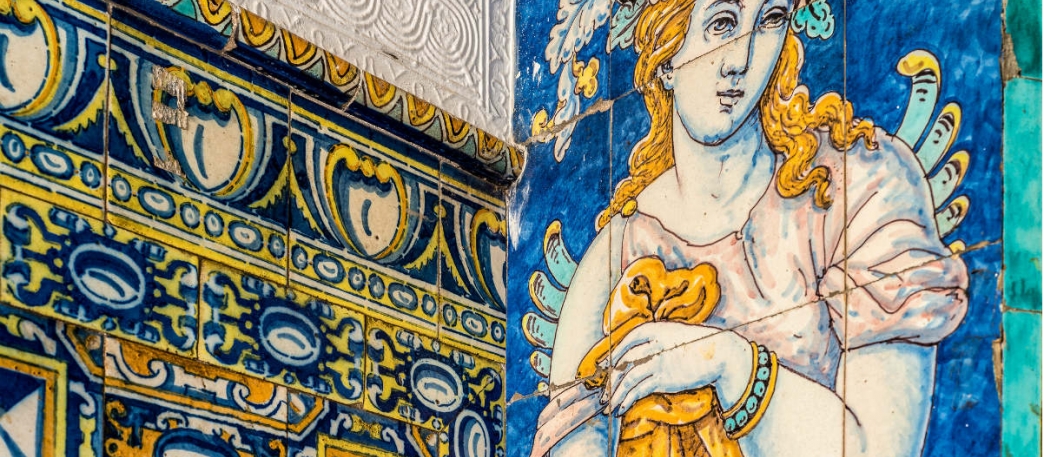A neighborhood that marks
It is probably the most special neighborhood of Seville, famous for its history, its idiosyncrasy and its meaning. Discover it little by little, Triana deserves it.
On the shores of history
A quick review of the history. The origins of Triana date back to the Tartessian era. This population center on the right bank of the Rio Betis (Roman name of the Guadalquivir), served the Roman legions to establish a camp, near Italica and opposite Hipalis. It was the Almohads who built the first bridge linking it with the city, a bridge of boats located where today is the famous Puente de Triana.
In the fifteenth and sixteenth centuries, Triana had a presence in those maritime expeditions that aspired to know new worlds. Its School of Seafarers instructed many sailors of the time who took part in voyages such as the arrival of Christopher Columbus in America or Magellan’s and Elcano’s Round the World Voyage, whose departure also took place from these shores. In the Plaza de Cuba, a sphere marks the mile zero of the first circumnavigation of the Earth.
And history has also left its dark chapter. The Castle of St. George was the scene of the fearsome persecutions of the Inquisition. Today you can visit its remains and learn about its history under the Mercado de Triana.
But, Triana has much to discover in every corner, in the courtyard of a tenement house, in a bar or a store of all life. If you come to Triana, you will travel to a neighborhood, above all, authentic.

Temper and genius
Over the centuries, Triana has welcomed and stimulated vocations, trades, crafts. And not only its ceramic industry has always been remarkable. In the first half of the 20th century, the former aeronautical factory Hispano Aviación, on San Jacinto Street, built the first jet plane in Spain. Such achievement was baptized with the Triana name of «Saeta».
Independent Republic of Triana
The first thing you notice when you take your first steps in Triana is that it has its own identity, the result of being a neighborhood born on the other side of the river. This separation that marks the Guadalquivir River with Seville has not prevented, however, that Triana has provided many of the main identity signs of the city. Unmistakable features such as ceramic art or flamenco art have their origins in Triana. And it is no coincidence that in both cases we speak of «art«.
Triana is the birthplace of a large number of flamenco artists (great guitarists, singers and tonadilleras have been born or raised here), famous bullfighters, famous potters, historic sailors…. Surely this neighborhood has the natural capacity to inspire you.
01_
The Betis Street was named after the Betis River, which in turn gave its name to the Roman Bética.
02_
Even today many Triana residents still say «I’m going to Seville» when they cross the bridge from their neighborhood.
03_
The flamenco palo that has the strongest link with Triana is the Soleá.


